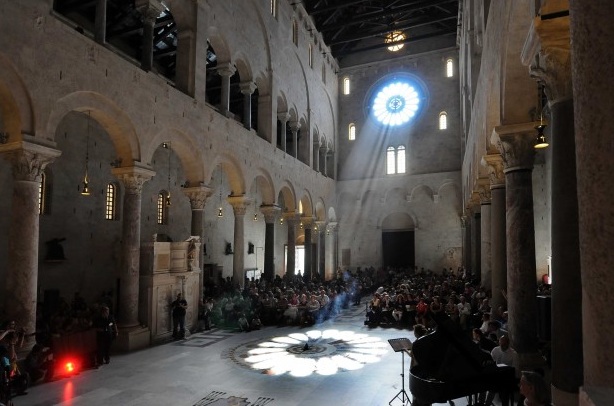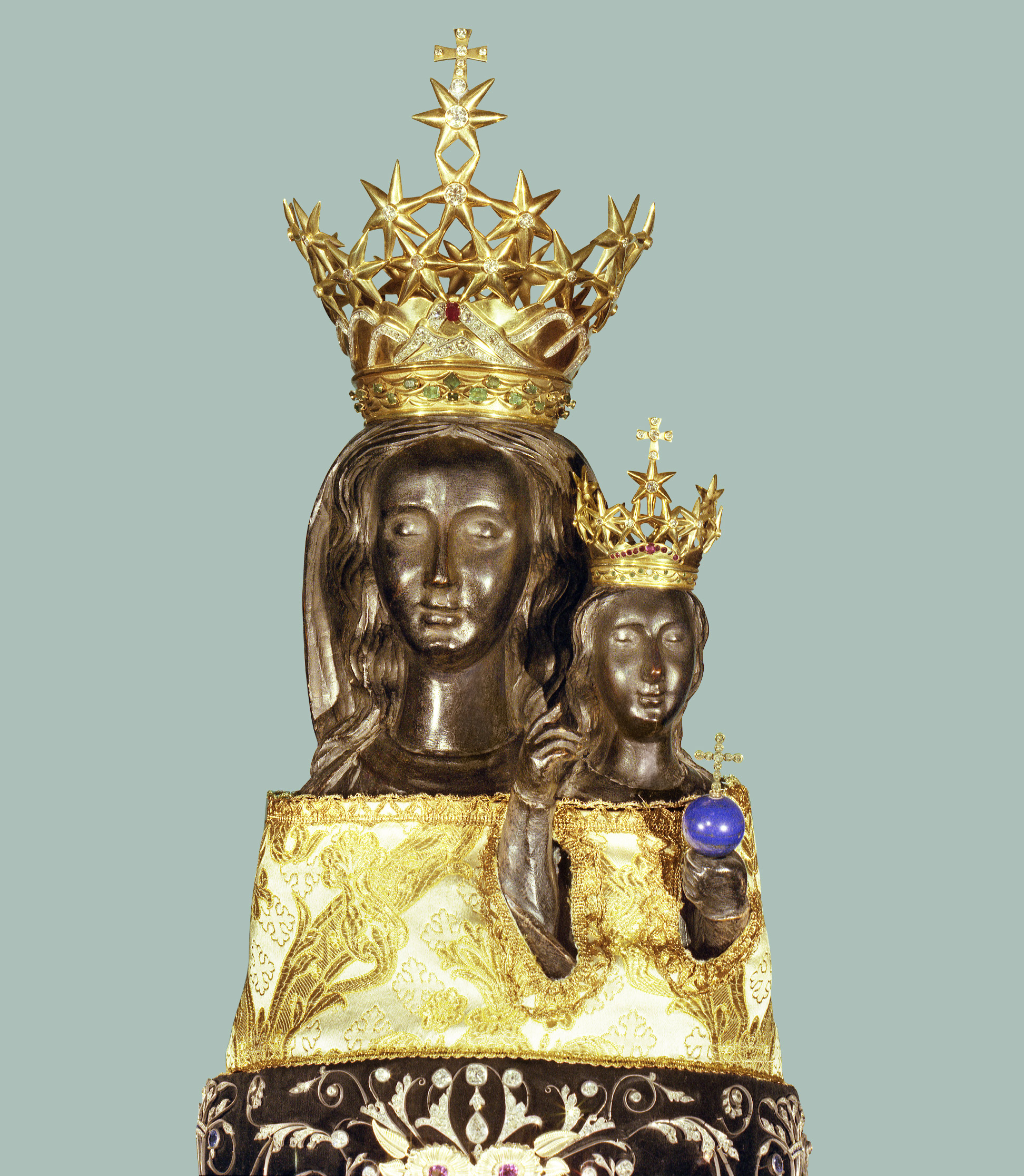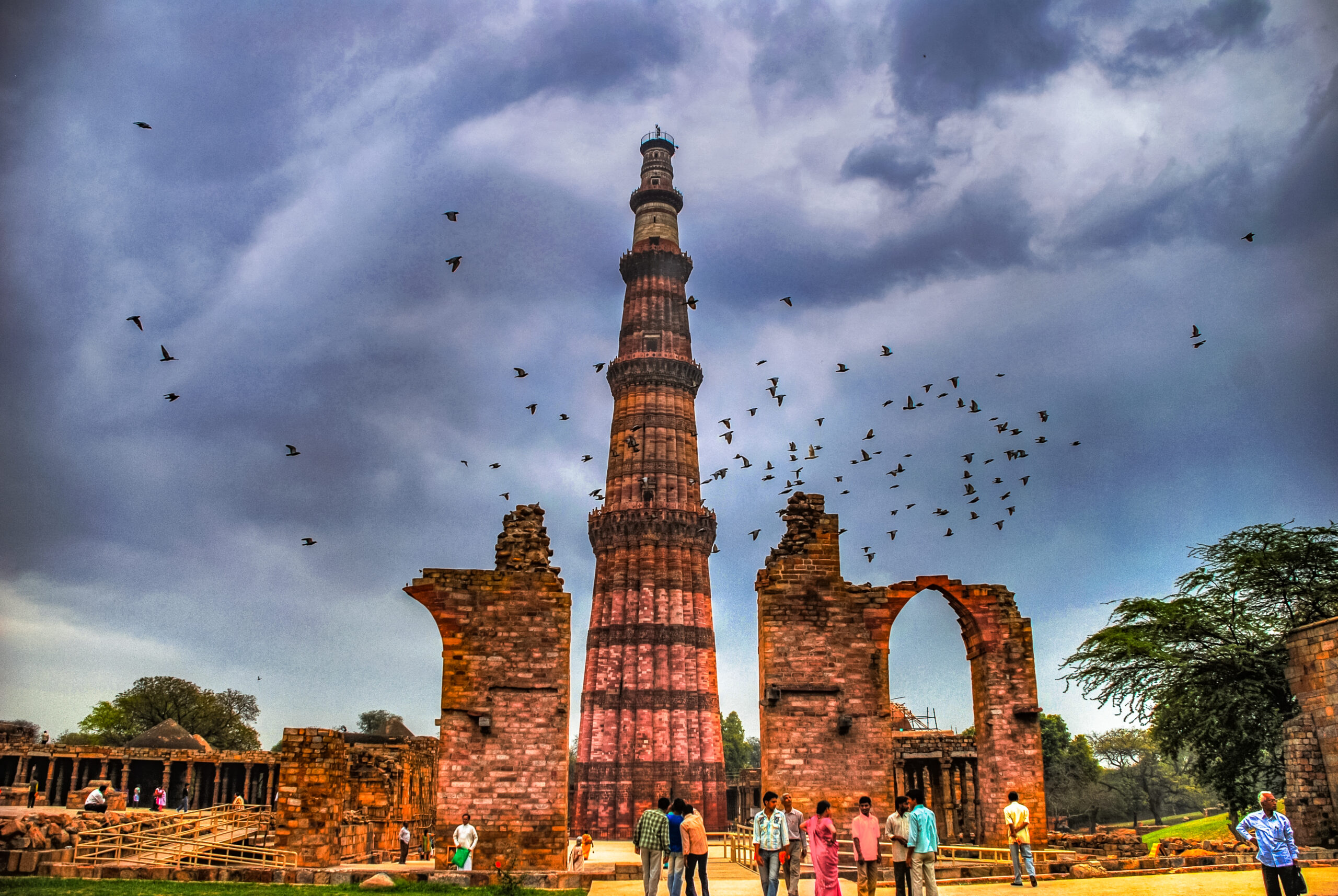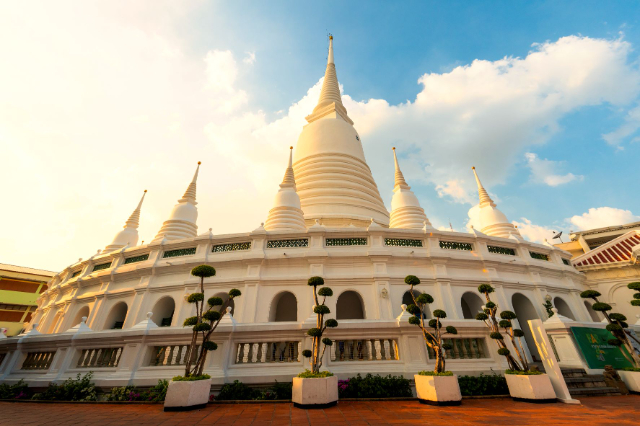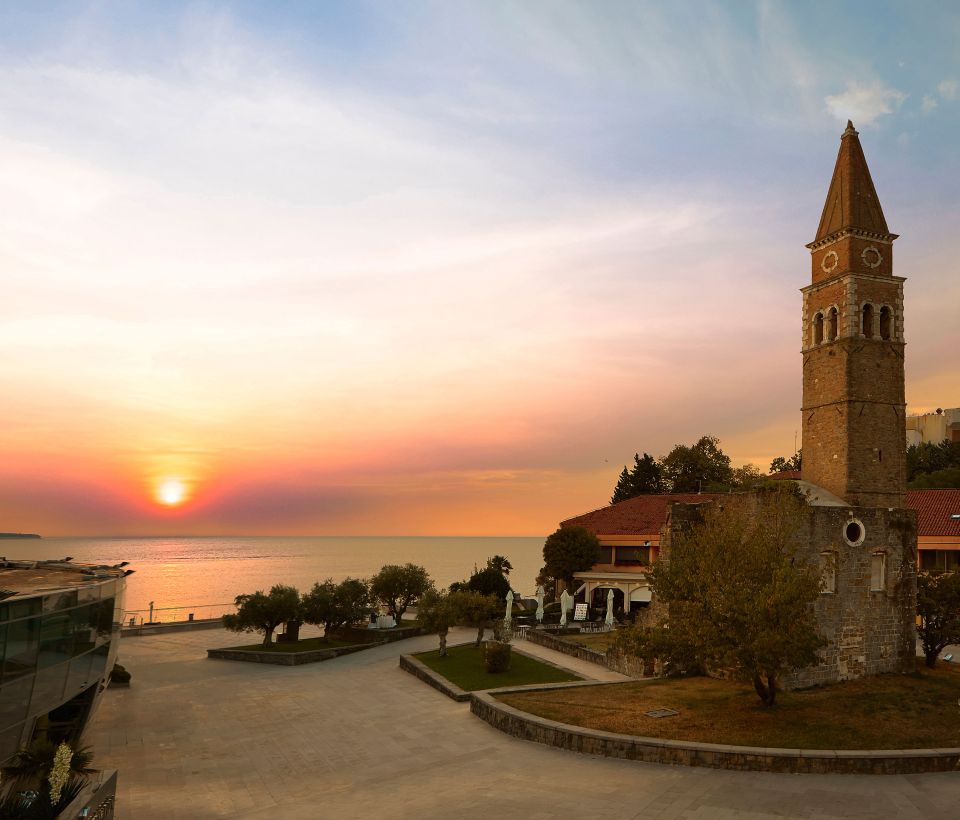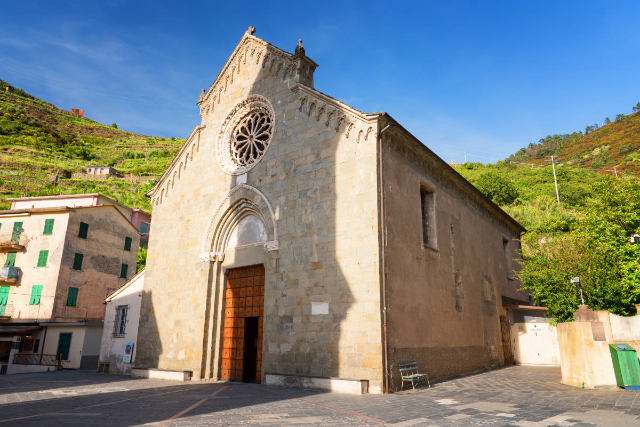Stylistically, it is an important example of Apulian Romanesque style. The simple facade is tripartite with pilasters and crowned with small arches: the lower part has three 11th-century portals, reworked in the 18th century. The upper part is ornamented with single lancet windows, a mullioned window, and a rose window, whose lintel is crowded with monsters and fantastic beings.
On the sides are deep arcades over which run hexaforo (remade) galleries; at the intersection of the arms rises the dome, polygonal on the outside, with its admirable frieze. Noteworthy are the two heads of the transept, adorned with rose windows and mullioned windows, as is the apse part with a continuous wall, in which a superb large window opens. On the left side rise the large cylindrical construction of the trulla (ancient baptistery converted into a sacristy in the 17th century) and leaning against the transept. Not far away stands the bell tower with windows and a high spire, rebuilt with stones similar to the originals. Under an elaborate tiburium, the dome’s canopy has clear Moorish motifs.
Crossing the threshold, the eye runs down the three naves with solemn forms, divided by 16 columns supporting arches and mock women’s galleries. In the 18th-century crypt, splendid marbles enhance the icon of Our Lady Odegitria, which arrived in the harbor after a violent storm.
Internally, the church, which has been stripped of all Baroque structures, presents itself in its bare solemnity. The three naves are separated by two theories of eight columns each. Mock women’s galleries and wide triple lancet windows harmoniously punctuate the space, which closes with the raised transept, high dome, and three apses, of which the central one is majestic. In the nave, the pulpit is reassembled from original 11th- and 13th-century fragments, as are the altar ciborium and the episcopal chair in the chancel, which is surrounded by 13th-century plutei. Traces of 13th-century frescoes exist in the left apse.
On June 21 each year, the day of the summer solstice, an extraordinary event occurs in the Cathedral: the sun kissing the earth. On this day at 5:10 p.m. (daylight saving time), the sun’s rays from the central rose window with its 18 petals or rays, positioned on the main facade, go exactly to match the corresponding marble rose window of the same size, placed on the floor of the nave. The effect occurs only once a year and only on this day. The exceptional occurrence is due to the Earth’s movement around the sun and the fact that the great sacred temple was built with the apse facing east. According to tradition, early Christians prayed by directing themselves toward the point where the sun rises. In the Middle Ages, in fact, man had a close relationship with light.
The crypt also houses the relics of St. Sabinus, bishop of Canosa, in the high altar. In the minor apses are two sarcophagi: one contains the recently restored relics of St. Columba, and the other various reliquaries. In the right sacristy is an altar with a painting depicting, probably, St. Maurus, believed to be the first bishop of Bari.
